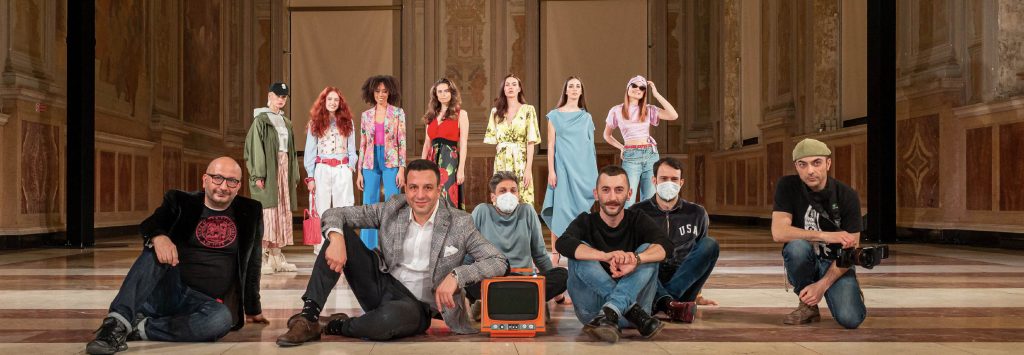About US
Centergross: the city of commerce
Centergross, born in 1977 in Bologna, today represents the largest European B2B commercial area of Italian ready-to-wear fashion: a total area of 1 million square meters, of which 400 thousand exhibition area and 100 thousand square meters dedicated to offices and services. 5 billion euros the annual turnover of which 3.5 related to fashion and 60% related to exports, thousands of daily buyers (pre-pandemic data), 6 thousand direct employees (to which the related activities are added) .
Winning Goal
enclosed in the strength of the group to face internal and external markets and which today, more than ever, confirms the validity of a choice that seemed visionary four decades ago, but which, precisely in a historical moment as tragic as it is unexpected, manifests itself throughout the its relevance and validity

The statistics
The district has a surface area of some 1 million square metres, of which:
400 thousand square metres are used as display areas
100 thousand square metres are offices
The District’s overall turnover amounts to 5 billion euros*
60% of Centergross trade is foreign: Asia, Europe, United States and the Middle East
Every day, approximately 700 companies (1 in 4 in the womenswear sector) and 6,000 sector professionals (of whom over 60% are women) work for Centergross.
Overall
240 fashion brands
98 textile and accessory manufacturers
94 companies specialising in hi-tech trade
111 service providers
*source: “Distretti commerciali in Italia” Nomisma – Libri per l’economia, published by AGRA in 2009
Historical background
In the late 1970s, the town planning of the city of Bologna was going through a period of great transformation and the dramatic increase in the city’s traffic was starting to stunt the expansion the wholesale sector and the city as a whole.
With great far-sightedness, a group of wholesale entrepreneurs, led by the first Founder-Chairman, Salvatore Barbiera, supported and assisted by Bologna’s trade association Ascom and the Chamber of Commerce, established a joint-venture for the creation of a common site, to the north of Bologna. Bologna Municipal and Provincial Authorities, and the Municipal Authorities of Argelato and Bentivoglio took part in the project, which involved the development of the road and motorway system, in order to favour connections with the new Centre.
The lot of land chosen enjoyed an excellent geographical position, given its close proximity to both the A13 motorway and the railway. However, what is most surprising is that the project was based on an act of faith and courage of a group of small and medium-sized private entrepreneurs that, in just a few years, with its own capital, with a normal mortgage, without any special incentives or public capital or welfarism, succeeded in a monumental undertaking, and, most of all, an undertaking that is still, at the same time, useful and advantageous for companies and investors and of use to the public.
In addition to freeing the centre of Bologna from a considerable amount of traffic and pollution, Centergross has led to the generation of employment and wealth that has affected the whole of the surrounding area. The 180 investor companies in 1977 have increased to more than 600 today, with a combined turnover of 5 billion euros and a combined workforce of 6,000 workers.
The repercussions on the surrounding towns can also be measured by the increase in population: for example, in 1977, one year after Centergross opened, Argelato had a population of 5,000 inhabitants, whereas it now has more than 9,000.